East London apartment revived by sparky yellow staircase
There's more than meets the eye at Vine architects' Mile End apartment renovation

A shabby east London apartment has been given a new lease of life, an upbeat identity and a bright yellow spiral staircase, by the architects at Vine. The makeover involved significant refurbishment, reconfiguration and re-building, yet the work was worth it and now, the space has a whole new face.
From the busy high street where market stalls roll out their goods, pubs come to life mid-afternoon, and a crop of new cafes are on the rise, it’s hard to imagine that behind a terraced brick building, Vine’s new project awaits as an ataractic antidote to the vibrant, over-sharing and hectic buzz of the East End.
Through a side door on the street, and up a couple of levels past an office, the apartment is a secret haven – complete with a quiet Accoya-timber-decked terrace and upper terrace (reached by the aforementioned sparky spiral stair, offset by pale brick) for loftier private views over the city.
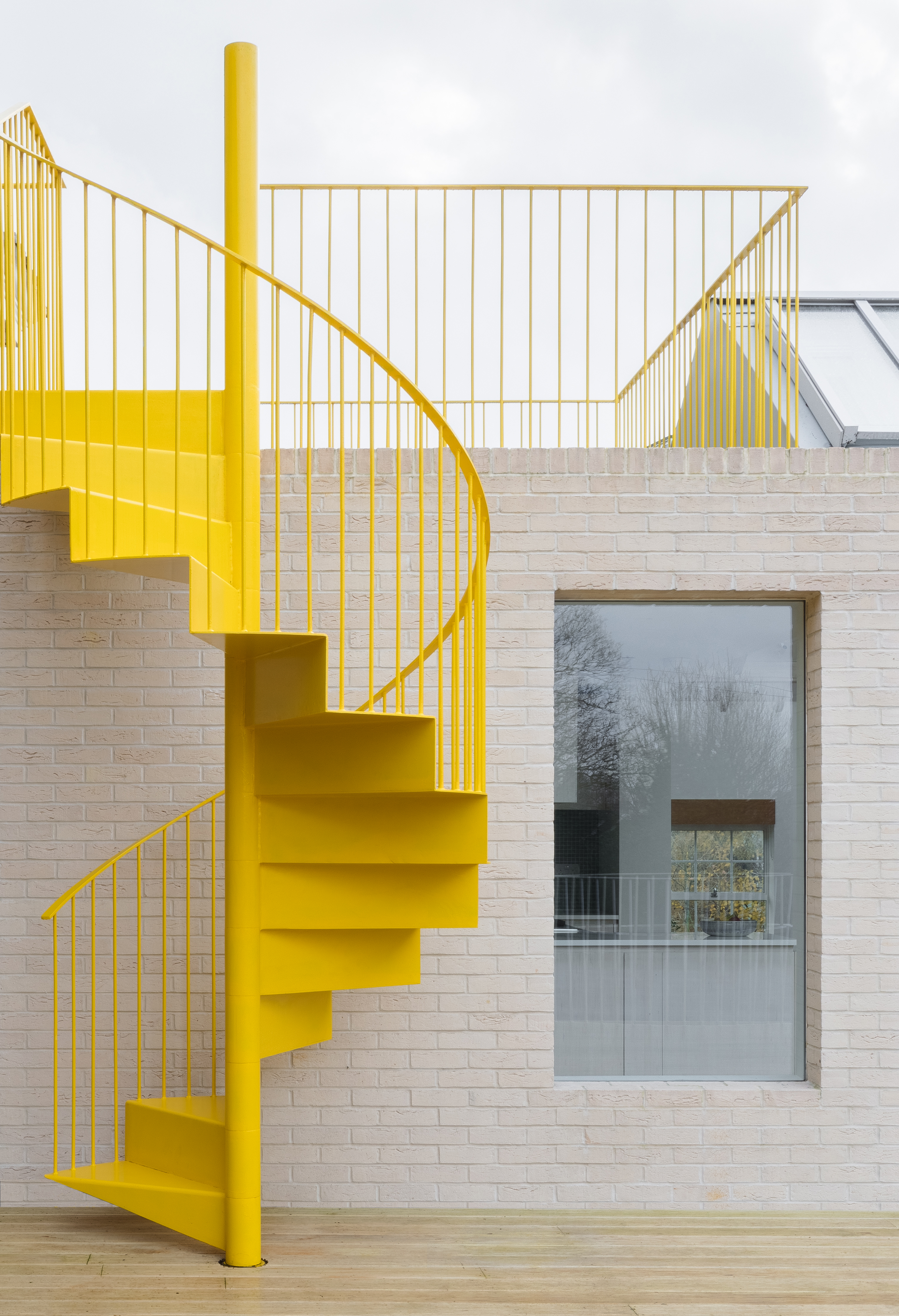
Part of the challenge for Vine – the locally based design-led practice founded by Rory Pennant-Rea in 2011 – was stripping back the existing, uninspiring layout, to totally reimagine how the tired old flat could be elevated. The load-bearing masonry walls were of course retained, and also re-instated – exposed in parts. The apartment was also divided into four sections – washing, dining, relaxing and sleeping.
Space was uplifted with a level-change that steps up to the kitchen from the living space. While, the double dual-pitched roof valley was revealed with new glazing to wash the space with a soft north light. Tracking the path of the sun, and introducing the right orientation and pitch was part of the process to reduce direct solar gain, and concealed motorized blinds are seamlessly hidden between the rafters.
An important part of the harmony is the smoothly gliding parts – wide slim-line sliding doors open up to the terrace, a frameless picture window softly punctuates the space, and entry to the bedroom is through sliding full height spruce paneled double doors.
The design-led architectural team at Vine delighted in bringing material and colour continuity throughout the apartment design with a harmonious palette. As well as for the bedroom doors, stained spruce panels are used for the adjacent kitchen cabinetry white washed timber is paired with smoked oak flooring to create a simple and complementary aesthetic.
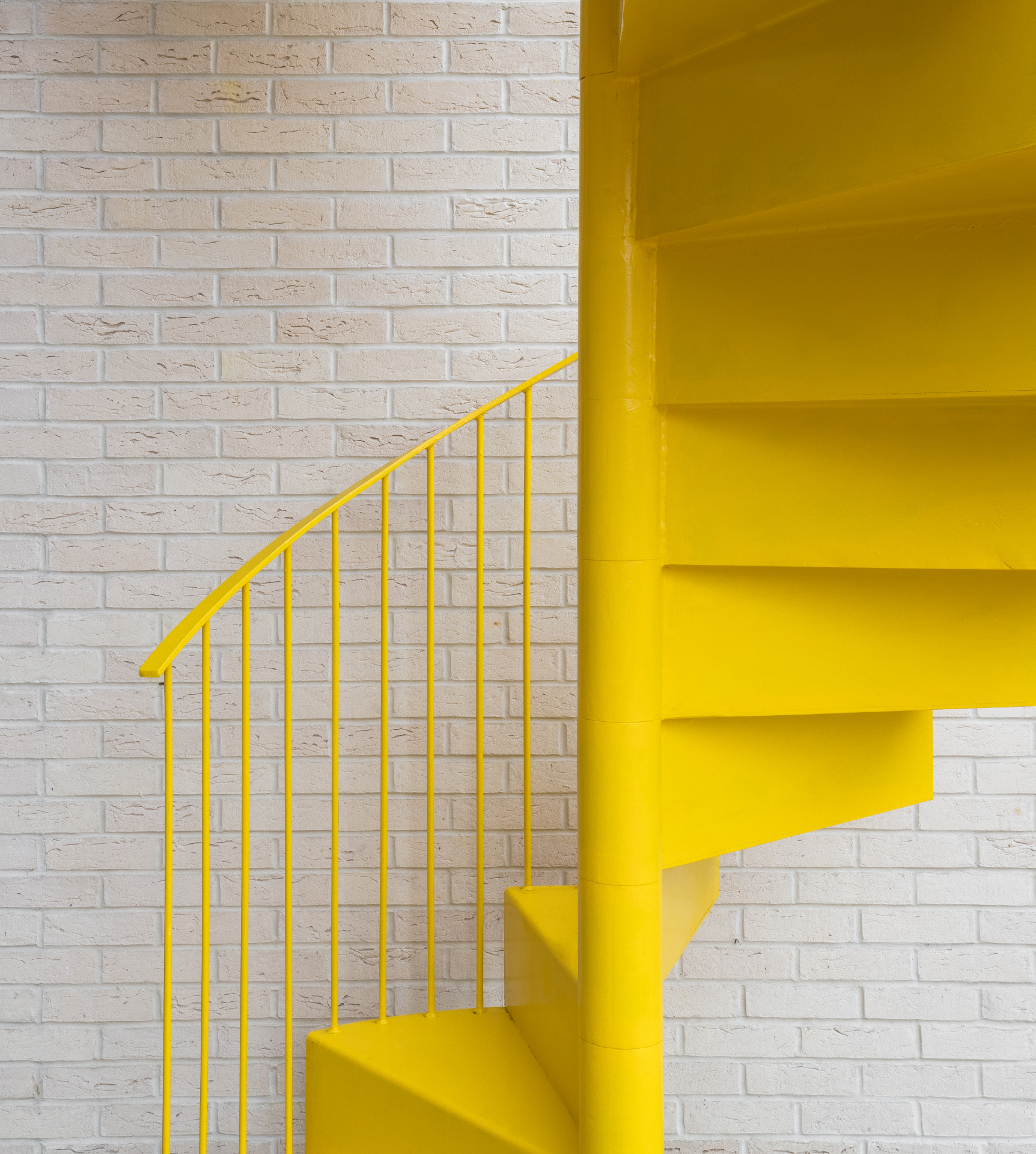

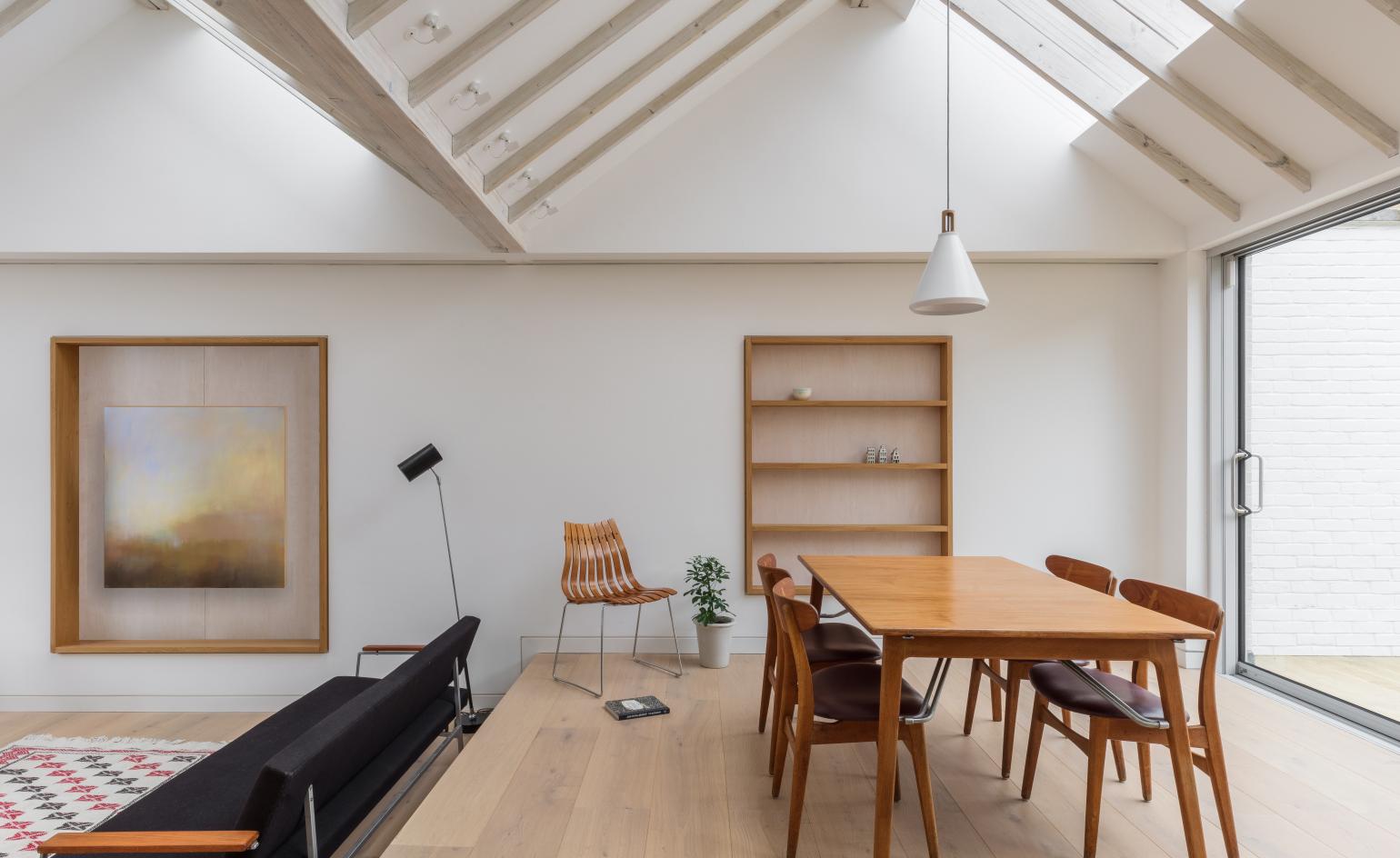
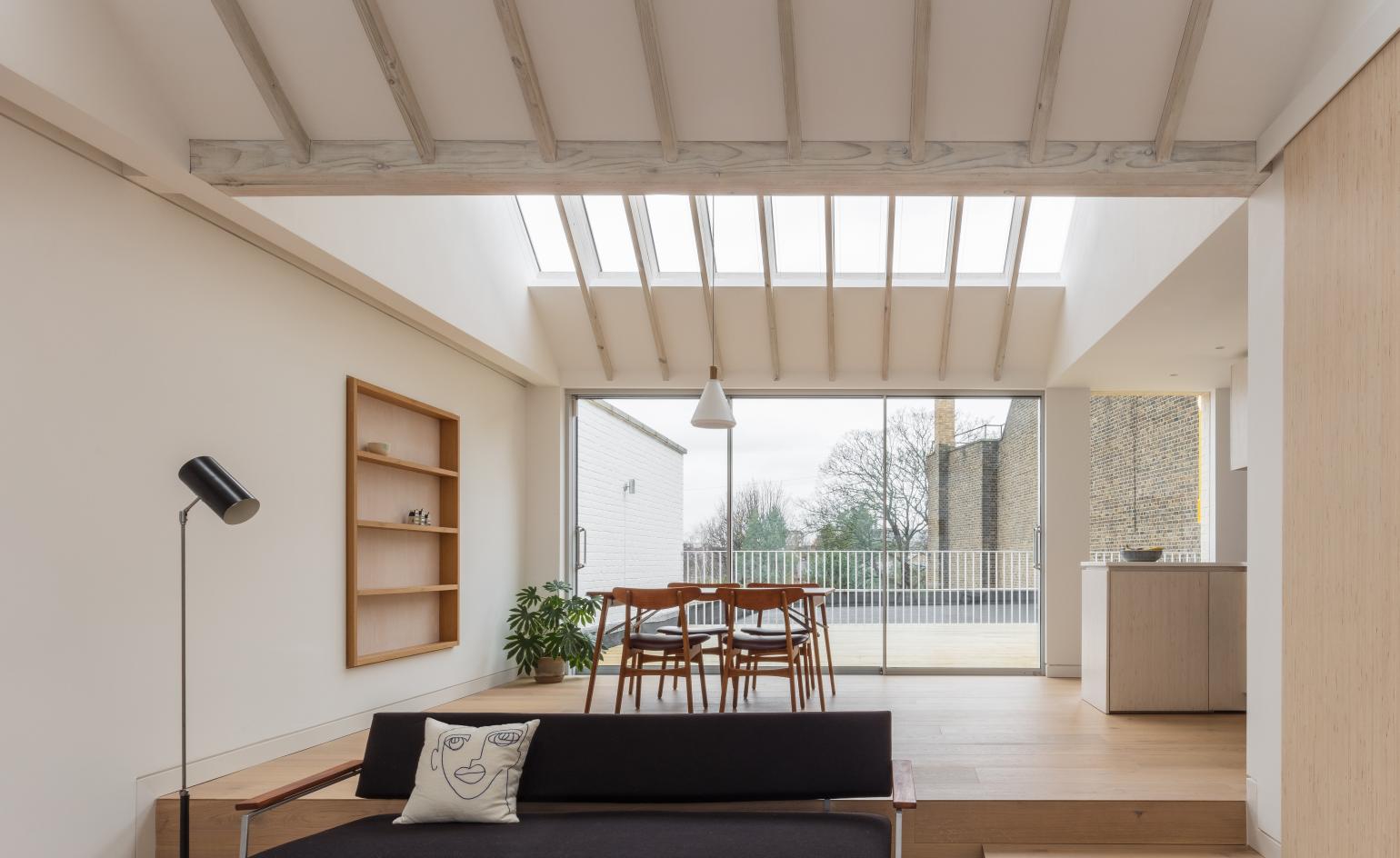
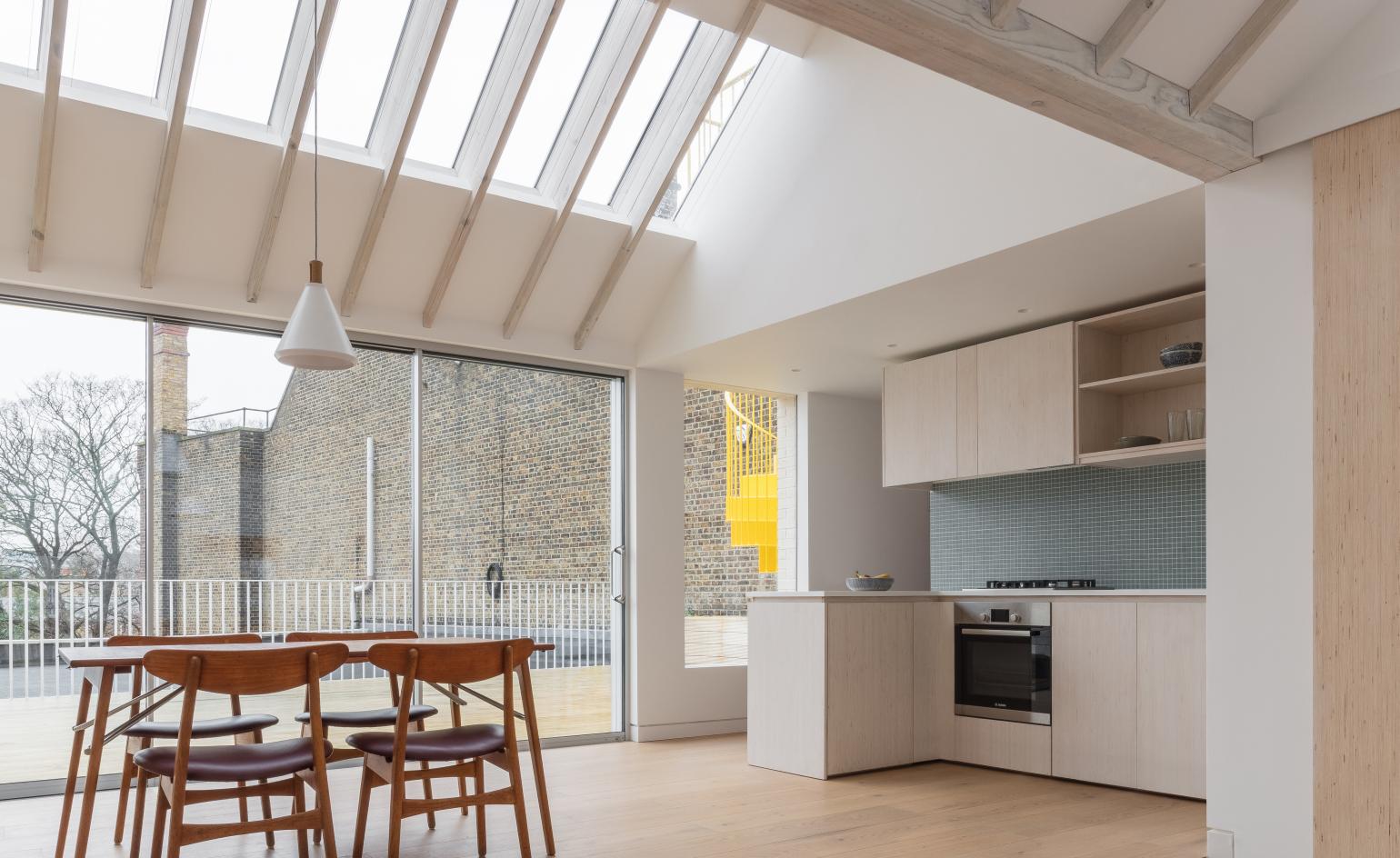
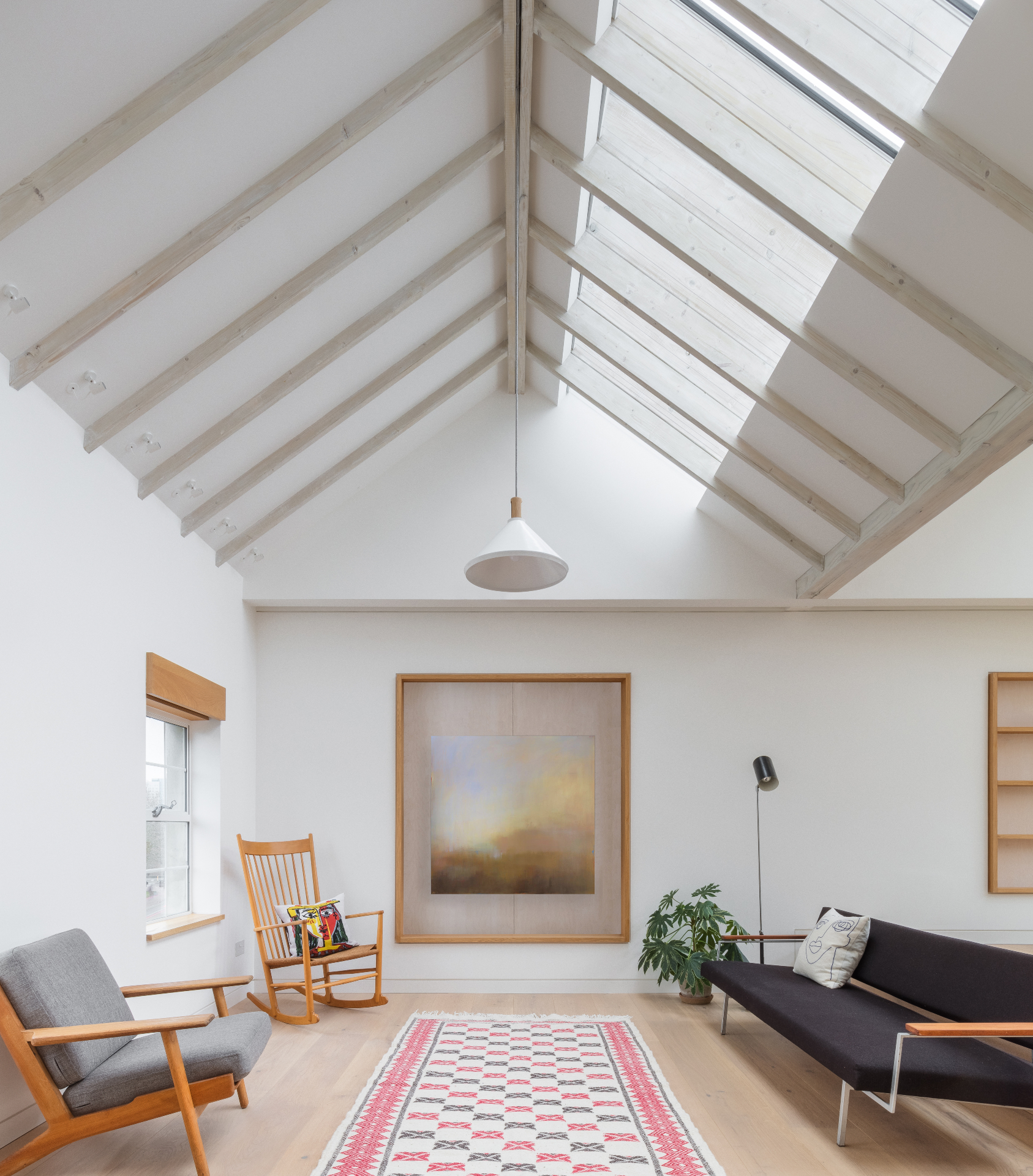
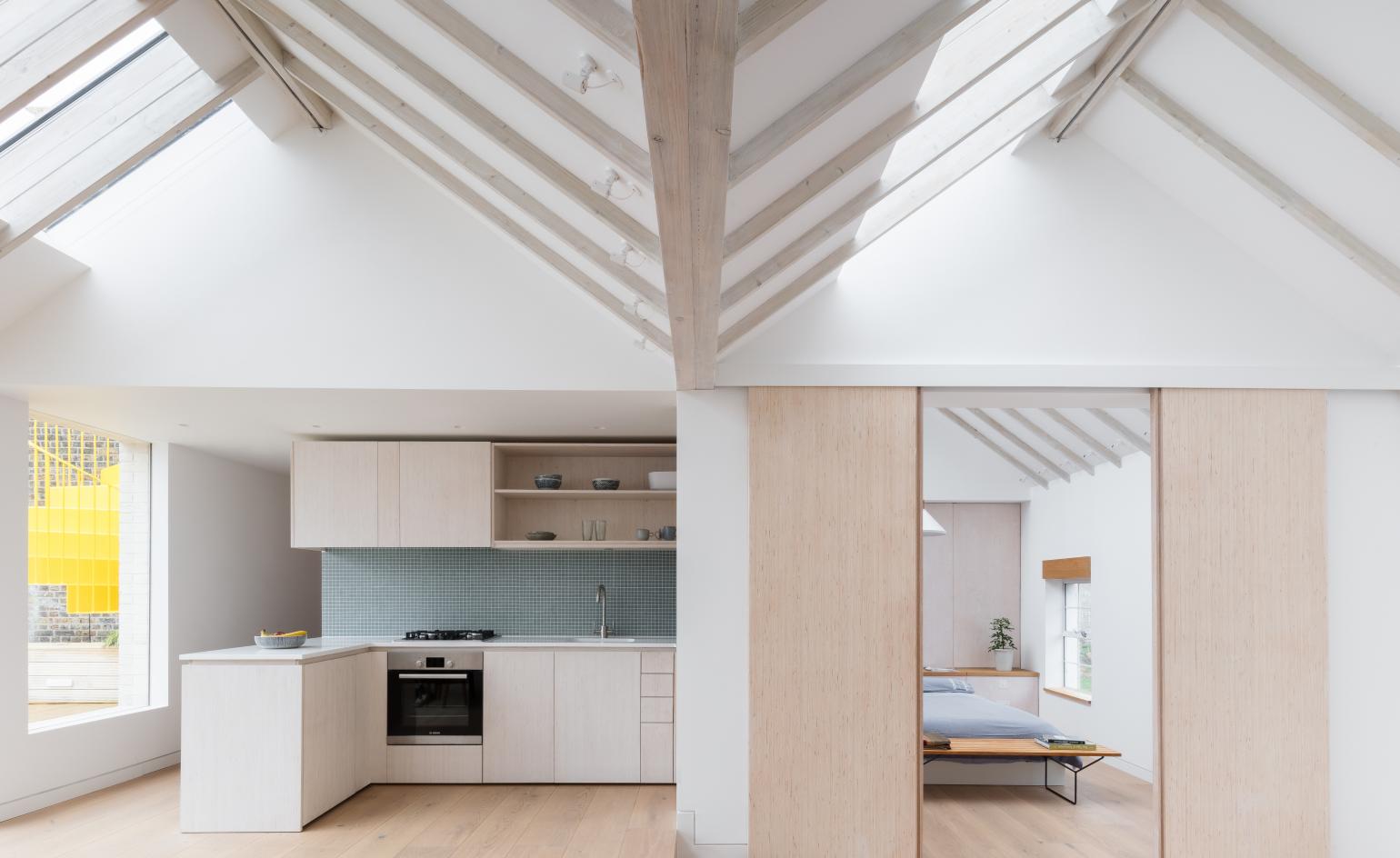
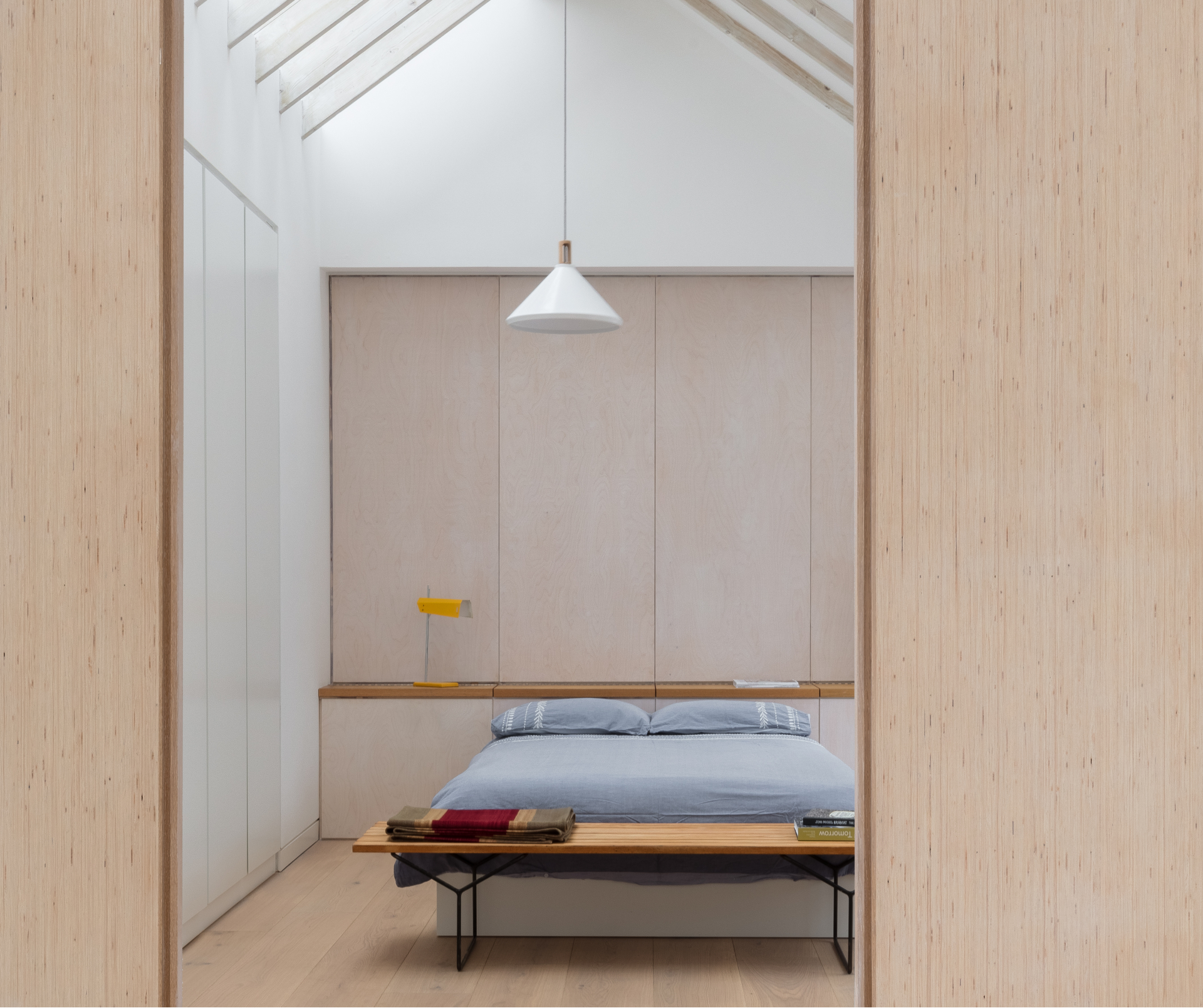
INFORMATION
For more information, visit the Vine Architecture website
Receive our daily digest of inspiration, escapism and design stories from around the world direct to your inbox.
Harriet Thorpe is a writer, journalist and editor covering architecture, design and culture, with particular interest in sustainability, 20th-century architecture and community. After studying History of Art at the School of Oriental and African Studies (SOAS) and Journalism at City University in London, she developed her interest in architecture working at Wallpaper* magazine and today contributes to Wallpaper*, The World of Interiors and Icon magazine, amongst other titles. She is author of The Sustainable City (2022, Hoxton Mini Press), a book about sustainable architecture in London, and the Modern Cambridge Map (2023, Blue Crow Media), a map of 20th-century architecture in Cambridge, the city where she grew up.
-
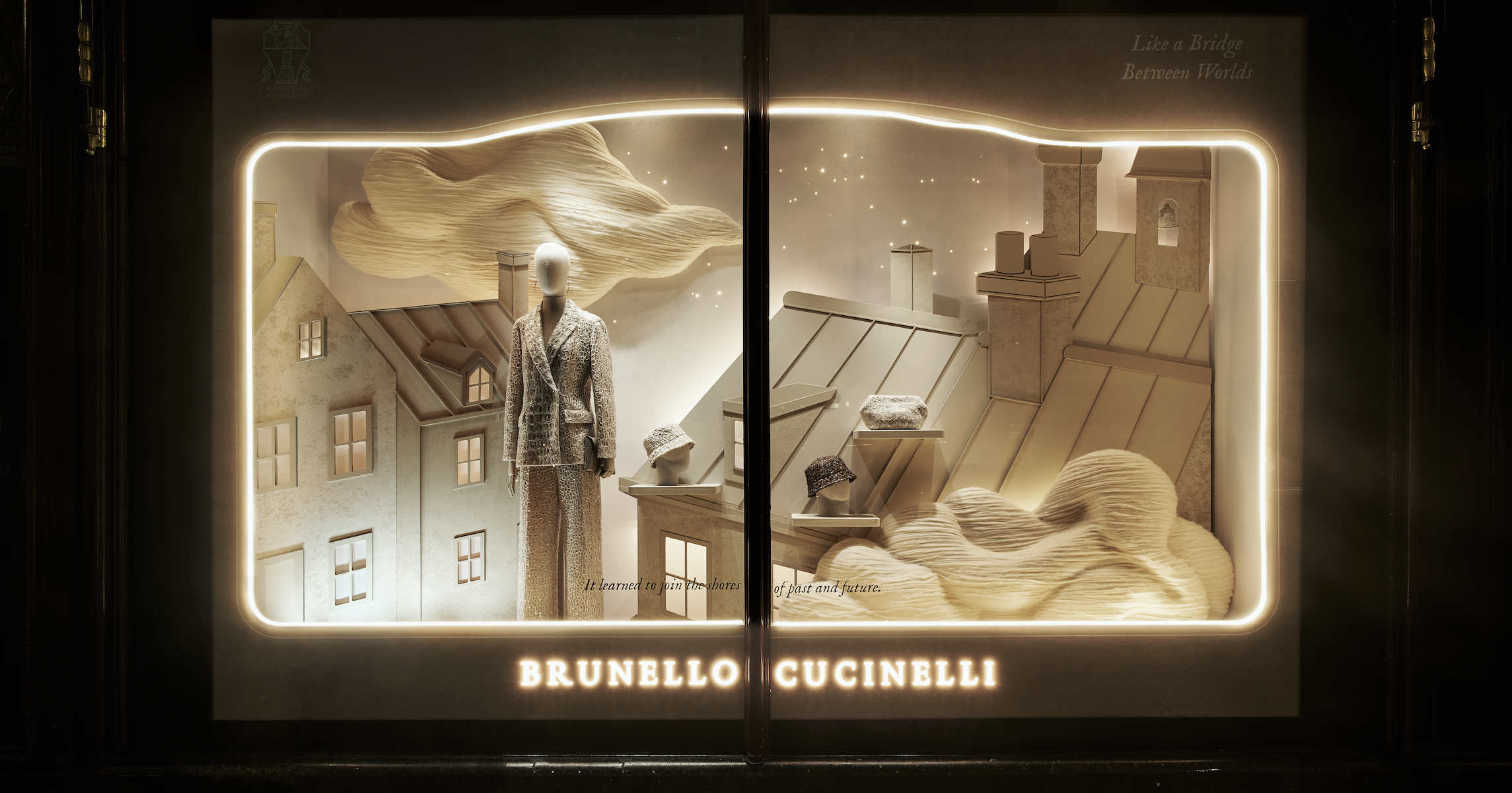 Brunello Cucinelli’s festive takeover of Harrods turns the department store into a cashmere wonderland
Brunello Cucinelli’s festive takeover of Harrods turns the department store into a cashmere wonderlandUnveiled this morning, the Umbrian fashion house has taken over the store’s iconic Brompton Road windows, celebrating the spirit of its home town of Solomeo in fantastical fashion
-
 Each mundane object tells a story at Pace’s tribute to the everyday
Each mundane object tells a story at Pace’s tribute to the everydayIn a group exhibition, ‘Monument to the Unimportant’, artists give the seemingly insignificant – from discarded clothes to weeds in cracks – a longer look
-
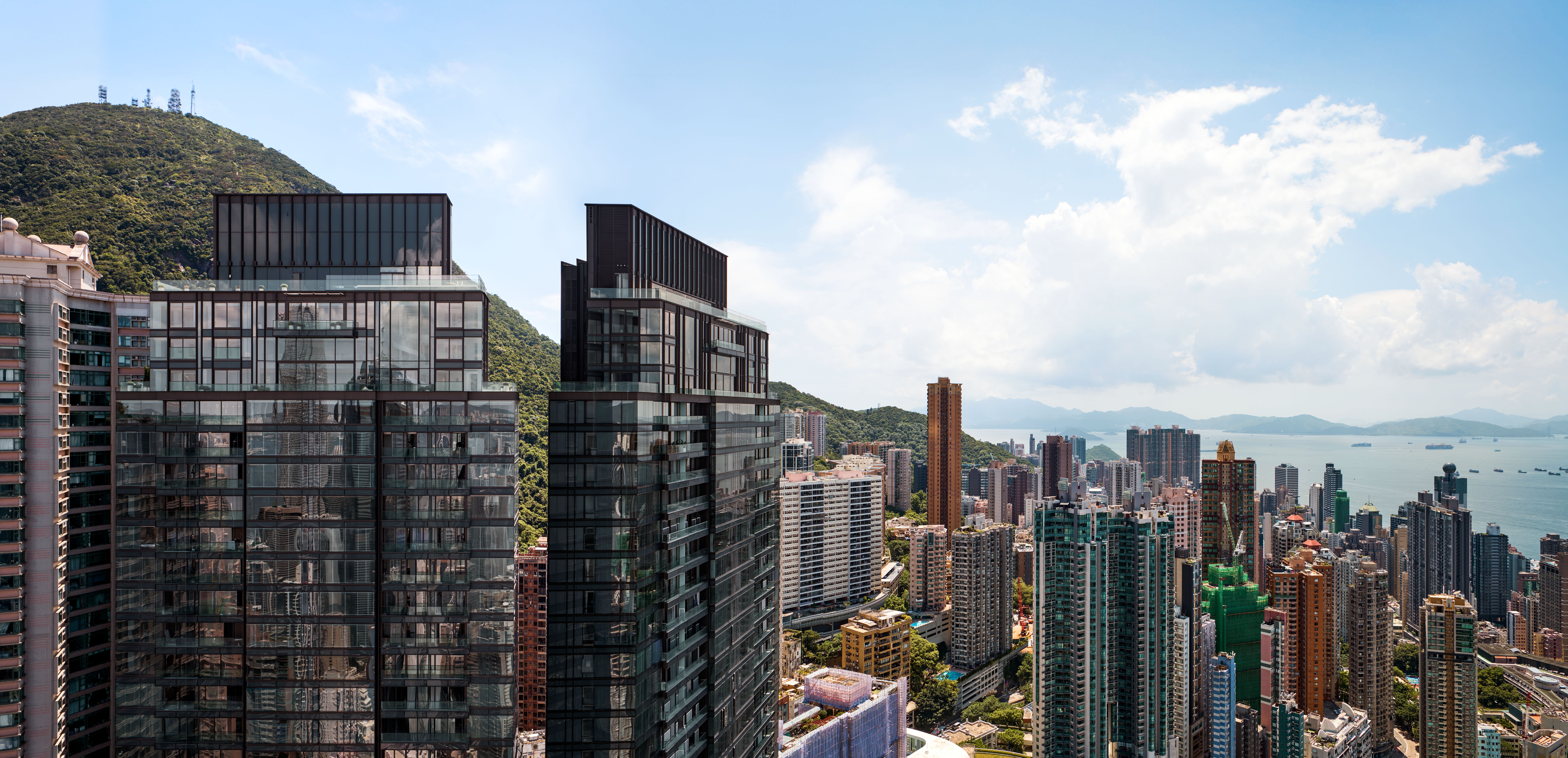 Discover The Legacy, Hong Kong’s eye-catching new condo
Discover The Legacy, Hong Kong’s eye-catching new condoThe Legacy, by ACPV Architects Antonio Citterio Patricia Viel, is a striking new condo tower that aims to ‘create a sense of community and solidarity among people’
-
 The Architecture Edit: Wallpaper’s houses of the month
The Architecture Edit: Wallpaper’s houses of the monthFrom wineries-turned-music studios to fire-resistant holiday homes, these are the properties that have most impressed the Wallpaper* editors this month
-
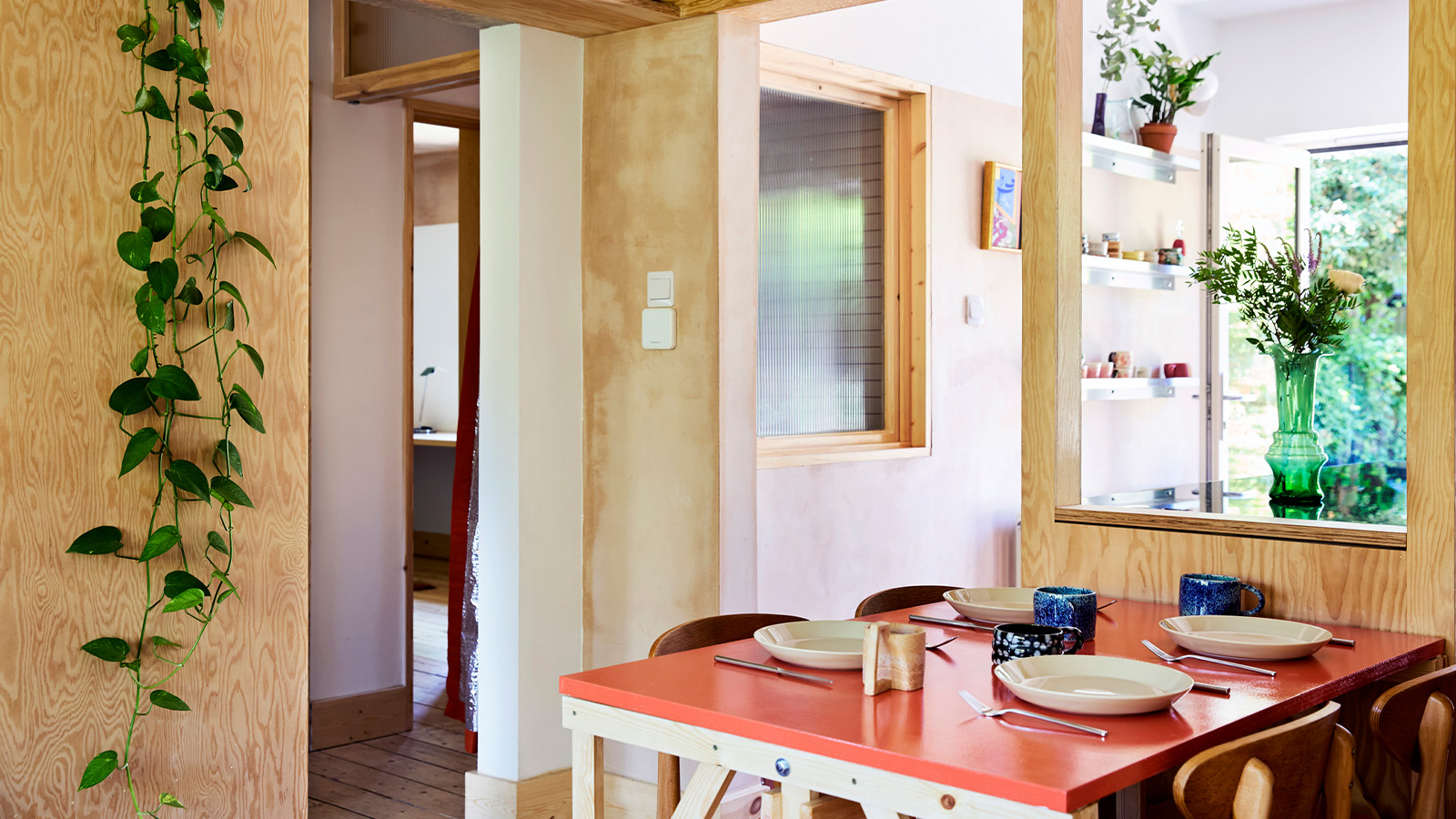 A refreshed 1950s apartment in East London allows for moments of discovery
A refreshed 1950s apartment in East London allows for moments of discoveryWith this 1950s apartment redesign, London-based architects Studio Naama wanted to create a residence which reflects the fun and individual nature of the clients
-
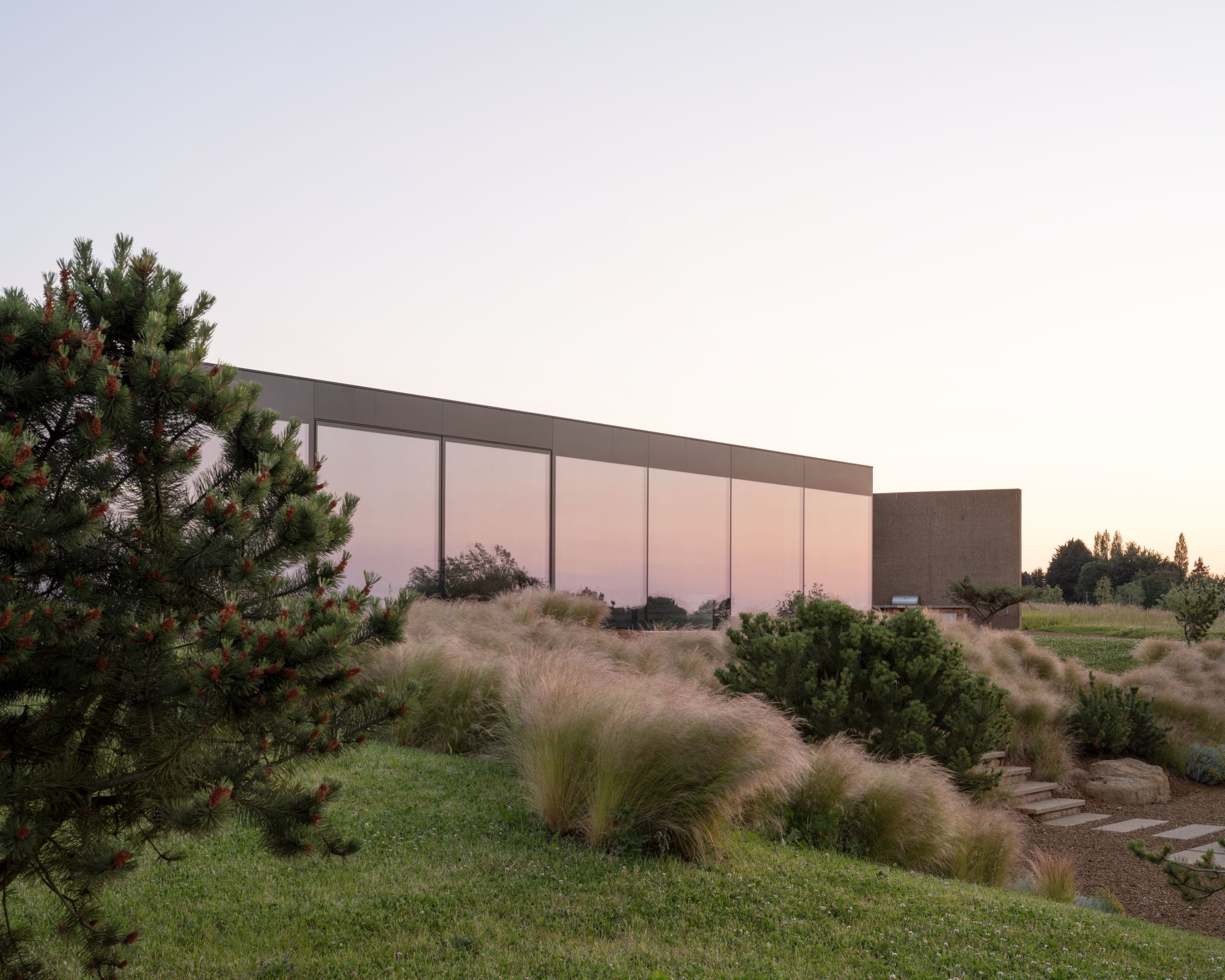 In this Cotswolds home, drama meets minimalism
In this Cotswolds home, drama meets minimalismCotswolds home Hiaven house, with interiors designed by McLaren Excell, is a perfect blend of contemporary chic and calm, countryside drama
-
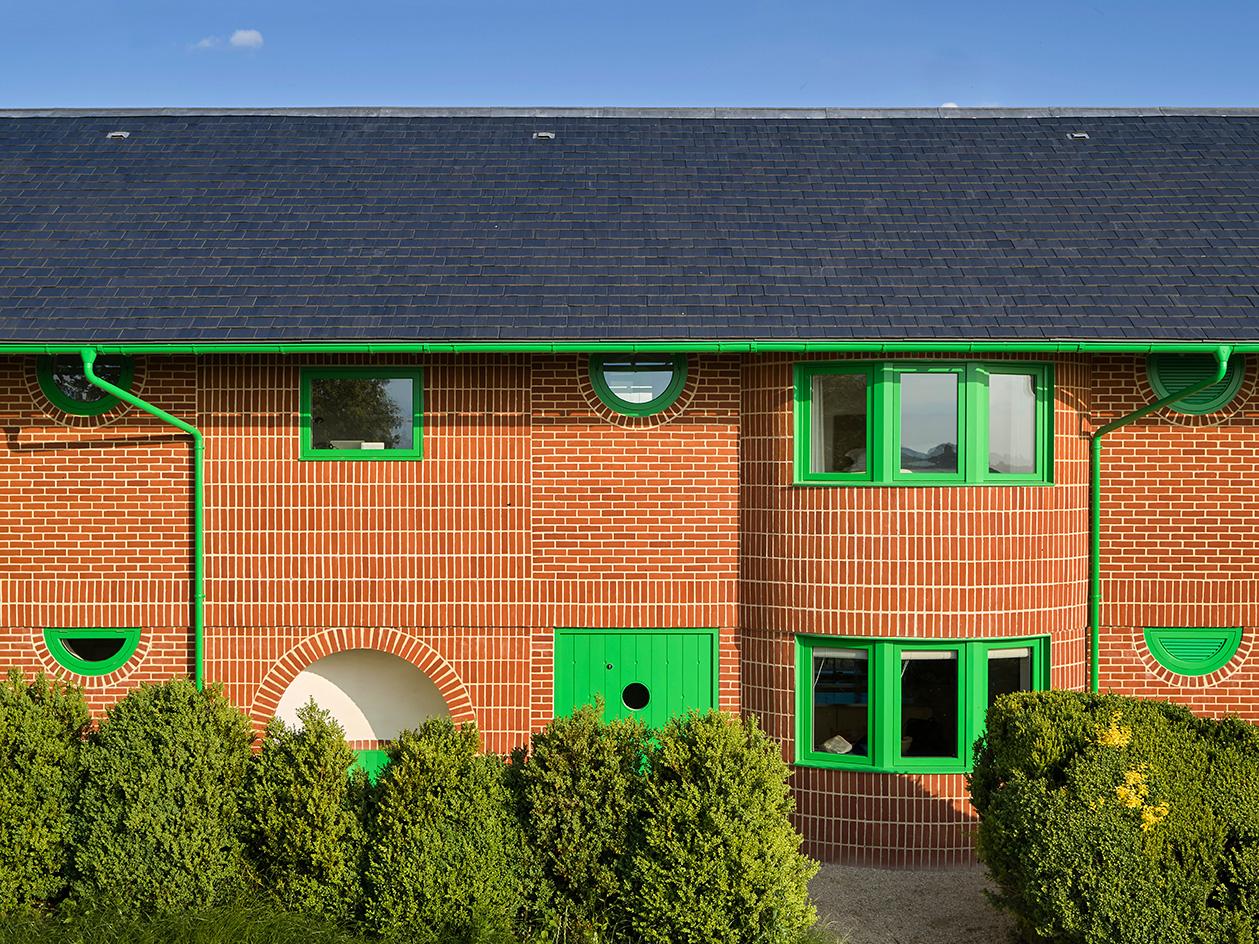 David Kohn’s first book, ‘Stages’, is unpredictable, experimental and informative
David Kohn’s first book, ‘Stages’, is unpredictable, experimental and informativeThe first book on David Kohn Architects focuses on the work of the award-winning London-based practice; ‘Stages’ is an innovative monograph in 12 parts
-
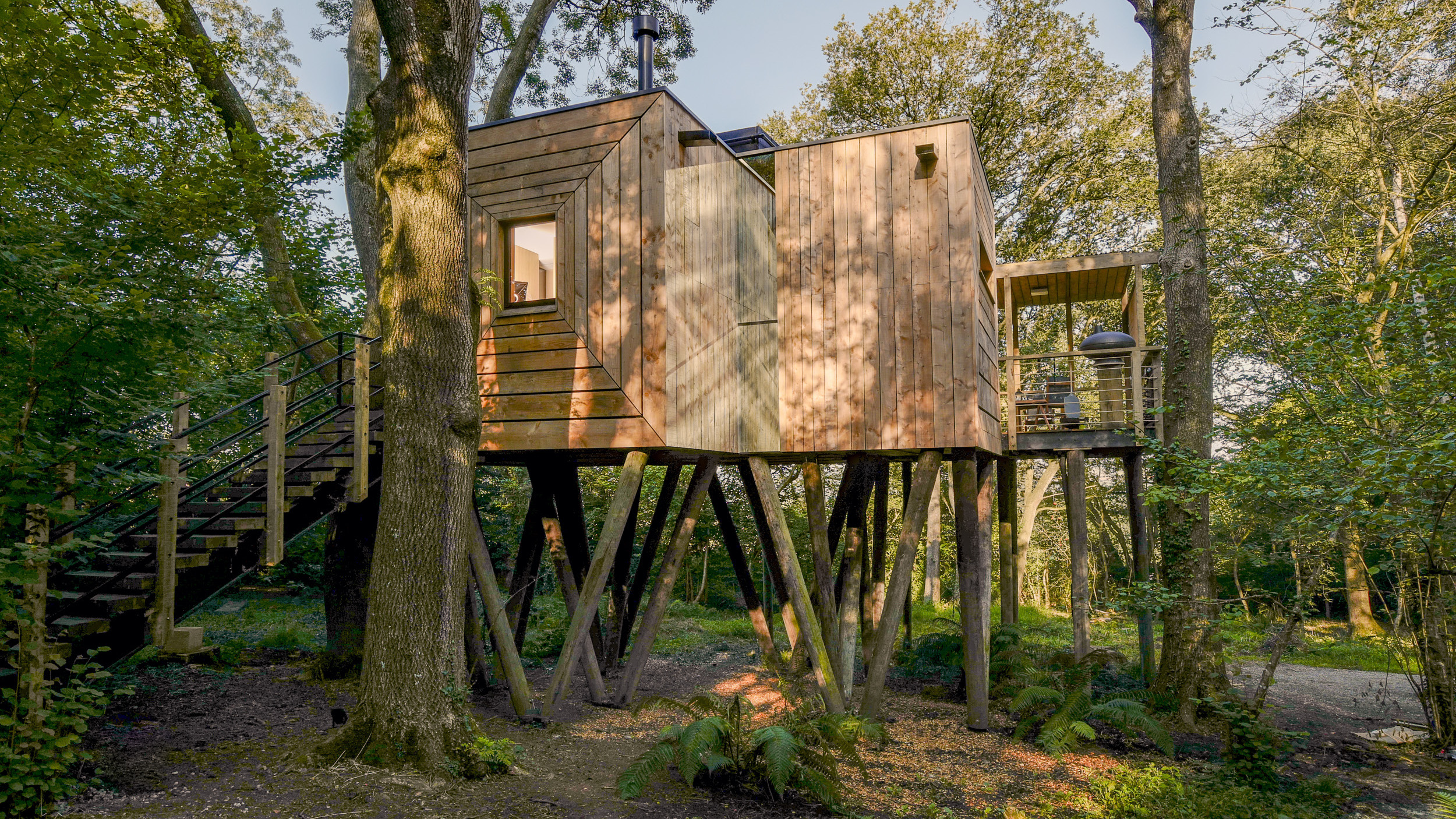 Find solace in the forest at this expansive treehouse retreat in Dorset
Find solace in the forest at this expansive treehouse retreat in DorsetFor sale for the first time, a treehouse, Mallinson’s Woodland Retreat, is a tribute to the skill of designer and master craftsman Guy Mallinson
-
 Modernist Scotland explores the country’s impressive legacy of contemporary architecture
Modernist Scotland explores the country’s impressive legacy of contemporary architectureA new book, Modernist Scotland, delves into the art and ambitions of the International Style in post-war Scotland, presenting 150 projects that typify an age of optimism and innovation.
-
 100 George Street is the new kid on the block in fashionable Marylebone
100 George Street is the new kid on the block in fashionable MaryleboneLondon's newest luxury apartment building brings together a sensitive exterior and thoughtful, 21st-century interiors
-
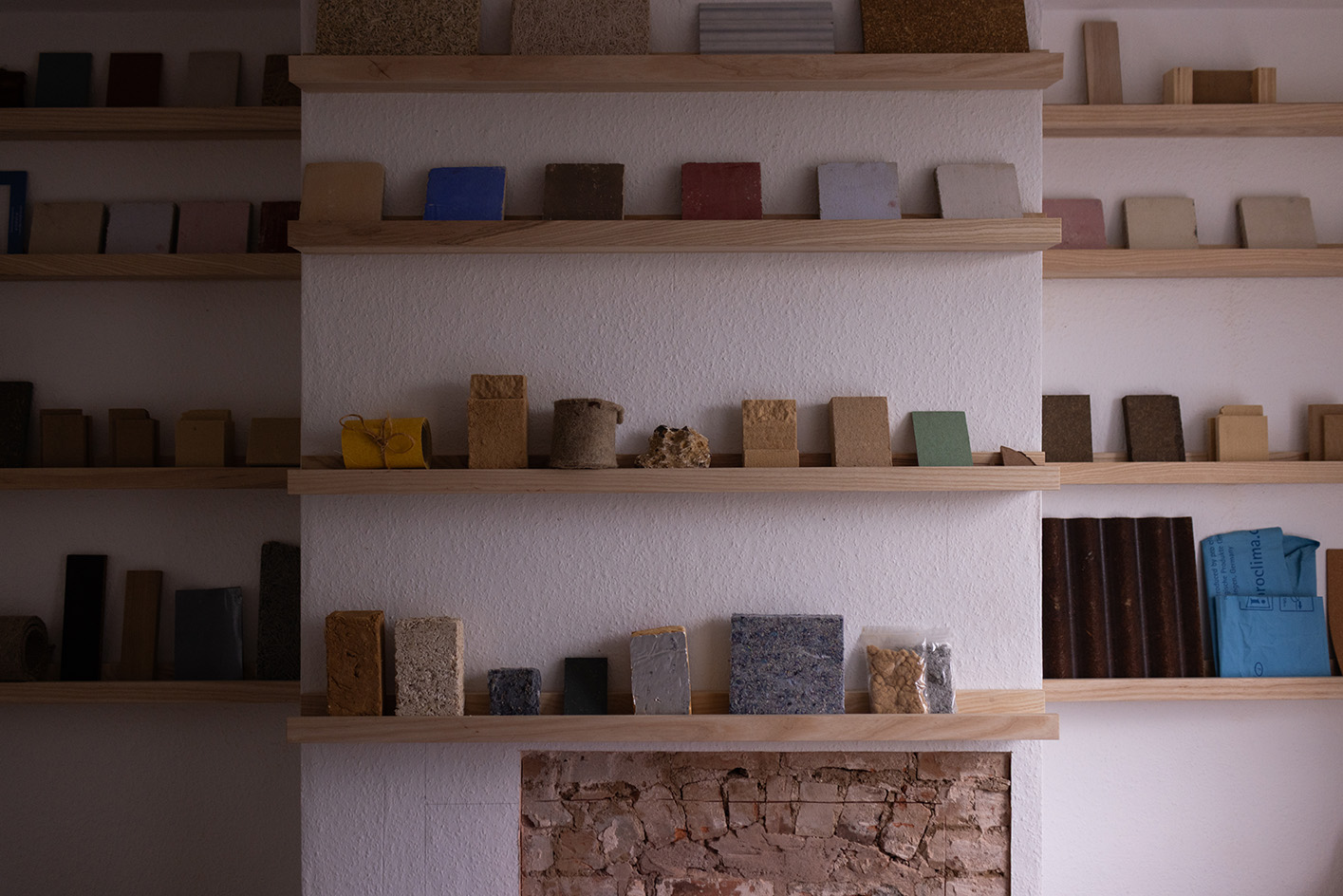 Take a tour of Retrofit House, the live showcase inspiring sustainable homebuilding
Take a tour of Retrofit House, the live showcase inspiring sustainable homebuildingRetrofit House, a showcase for residential redesign using biomaterials and environmentally smart methods, opens in Birmingham, UK, spearheaded by Civic Square, Dark Matter Labs and Material Cultures; we paid it a visit